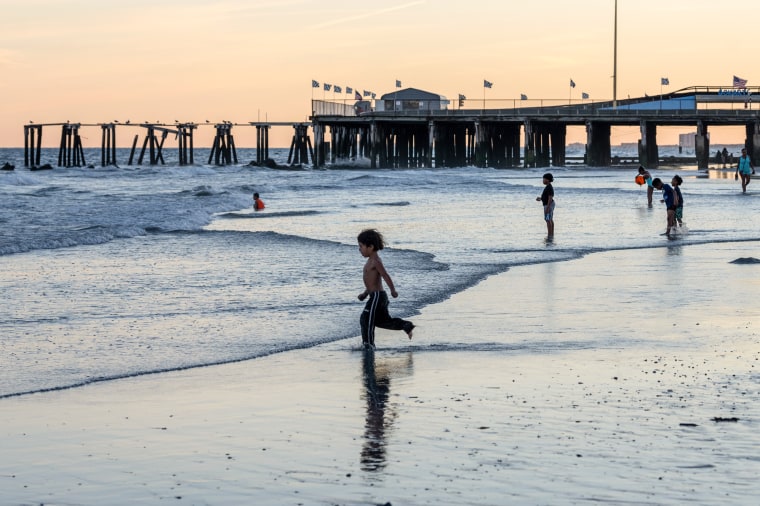Sea level rise is accelerating rapidly and U.S. coasts could on average see another foot of water by 2050, according to a National Oceanic and Atmospheric Administration report released Tuesday.
“The United States is expected to experience as much sea level rise in 30 years as we saw over the span of the entire last century,” Rick Spinrad, the NOAA administrator, said. “Current and future emissions matter, but this will happen no matter what we do about emissions.”
The report predicted 10 to 12 inches of additional sea level rise by midcentury, though projections for specific regions and communities vary because of changes in land height. Some parts of the coastal U.S. are subsiding, while others are experiencing uplift or rebound
Global warming — which is driven by the use of fossil fuels — is the primary cause of sea level rise. Scientists have been observing the trend for decades as water expands because of higher temperatures, as glaciers melt and as ice sheets are diminished.
Previous reports have provided broad ranges of how much the seas will rise, but the science is now more specific and can provide a more assertive view of how the world’s coasts will look in a few decades, regardless of future emissions.
“2050 is in our headlights, and we can speak with confidence and clarity about what will occur,” William Sweet, a NOAA oceanographer, said.
Rising seas could hamper economies, cause more dramatic flooding, inundate freshwater areas with salt and cause a host of other problems. About 40 percent of the U.S. population lives in a county along the coast.
Coastal flooding risks are expected to rise dramatically by midcentury, the NOAA experts said.
“A single flooding event, one that now happens every four to five years on average in coastal communities in the southeast United States, will happen four to five times every year,” Nicole LeBoeuf, an assistant administrator for NOAA’s National Ocean Service, said.
So-called sunny day floods — when coasts are inundated not due to storms, but because of high tides — are projected to increase dramatically, too.
The analysis, which was published in cooperation with other federal agencies like NASA, is designed to help communities plan to move vulnerable public buildings away from the coast, prevent construction in areas where inundation is likely and help retrofit homes and other buildings for a flood-prone future.
The data will also help form a baseline for insurance and real estate risk adjustments over sea level rise in the private sector, LaBoeuf said.
The report’s findings are based on tide gauge data, satellite data, increasingly powerful climate modeling and other coastal monitoring measurements.
Sea level rise will vary widely by region.
The East and Gulf coasts, in general, can expect more sea level rise than average because of coastal subsidence — sinking land. The West coast will see less dramatic changes.
Beyond 2050, the possibilities broaden widely and scientists expect the world’s emissions choices to have a substantial impact on the trajectory of rising seas.
The report includes five scenarios for sea level rise by 2100. The lowest limits sea level rise to about two feet in comparison to 2000. The highest scenario predicts more than 7 feet of additional sea level rise since the turn of the millennium.
Some climate change processes, such as Antarctic ice sheet instability, are not well understood and scientists acknowledge that there are surprise scenarios that could accelerate how fast seas rise.
